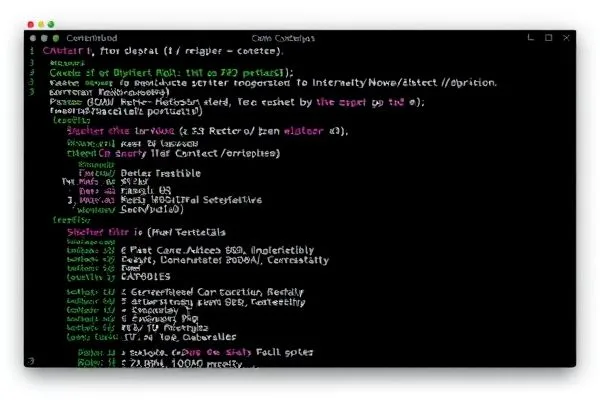The increasing sophistication of phishing campaigns poses a significant threat to various sectors, notably the hospitality industry. Recently, Microsoft unveiled details about the ClickFix phishing campaign, which targets hospitality organizations by mimicking Booking.com. This article delves into the methodology of the attack, its implications, and how organizations can mitigate these risks.
**Key Takeaways:**
- Understanding the ClickFix technique and its implications for cybersecurity.
- The importance of proactive security measures against evolving phishing threats.
- Best practices for training employees to recognize and respond to phishing attempts.
The ClickFix Phishing Technique
The ClickFix technique has emerged as a tactical innovation in social engineering, designed to bypass traditional security frameworks. By disguising malicious content as a solution to non-existent user problems, threat actors exploit human psychology to execute their malicious agendas. This approach was primarily detected in late 2023 and has since gained traction among various cybercrime entities.
The Storm-1865 campaign, tracked by Microsoft, epitomizes this strategy. By sending emails disguised as legitimate communications from Booking.com, attackers invite users to engage with links or attachments that lead to phishing pages. Upon interaction, victims believe they are verifying an error, while in reality, they are executing commands that install malware on their systems.
This malware manifests as various forms of credential-stealing tools, including XWorm, Lumma stealer, and others. The calculated nature of this attack underscores the necessity for organizations to remain vigilant and adopt a layered security approach.
Mitigation Strategies and Best Practices
Addressing the threat posed by phishing attacks like ClickFix requires a multi-faceted strategy that encompasses technological, procedural, and educational dimensions.
- Employee Training: Regular training sessions should emphasize the recognition of phishing attempts, safe browsing practices, and the importance of scrutinizing unexpected communications.
- Technological Solutions: Implementing advanced email filtering solutions and multi-factor authentication can significantly reduce the risk of successful attacks.
- Incident Response Plans: Organizations should develop clear protocols for responding to suspected phishing incidents, including reporting mechanisms and containment procedures.
Additionally, organizations within the hospitality sector should consider leveraging threat intelligence feeds to stay informed about the latest phishing campaigns and tactics employed by attackers. The ongoing evolution of threat vectors necessitates proactive defense strategies to safeguard sensitive information and financial assets.
In conclusion, the ClickFix phishing campaign exemplifies the evolving landscape of cyber threats, particularly within the hospitality sector. By understanding the nuances of such attacks and adopting robust security measures, organizations can mitigate risks and protect their operations. Awareness and preparedness are paramount in the fight against cybercrime, underscoring the need for continuous vigilance.









